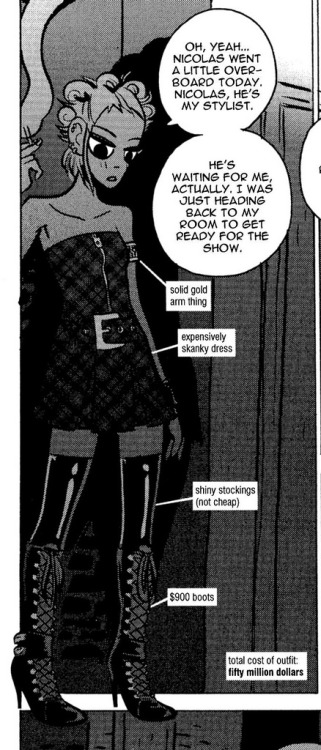Weapons
are provided for your convenience, though you are encouraged to come up with
your own. For the most part, PCs will order weapons from online stores,
receiving them a week after ordering (though they could pay extra for express
shipping), unless you want to have weapon stores around your locale, which is
cool too. That's how you get regular weapons. Here is a list of weapon types.
Sword
Knife
Thrown
Whip
Heavy
Unarmed
Bow
Gun
Any
Mundane property can be applied to any weapon you purchase, at the DM's
discretion. These are the Mundane properties.
Defective: -4 damage, falls apart upon critical
failure, -50% price
Crappy: -2 damage, -25% price
[Normal]
Masterwork: +3 damage, 4x price
Epic: +6 damage, +3 to hit, indestructible,
10x price
To
get Magic weapons, you must find one somewhere or defeat someone to get one.
You can't buy them. Here is the list of Magic properties.
Lightning: Turn electricity on and off as free
action. Electricity adds 5 damage. Stun for 15 MP.
Frost: +3 damage. Spend 10 MP, target's next
attack gets -5 to hit.
Poison: Inflicts poison upon critical.
Hyper: +1d20 damage upon critical. Everyone
within 5 feet of the target takes 1d10 damage.
Seeker: +5 to hit.
Dragonslayer: +5 damage.
Returning: Always returns to your hand at the end
of your turn.
Drain: Upon critical, divide damage dealt to
your target by 2 and gain that much HP.
Ghost: Does damage to target's MP total
instead of their HP total.
Pixel: Divide enemy's Armor by 2.
Magnetic: When making a counterattack or
blocking with this weapon, gain +5 to success.
Force: When making a Heavy or Scope attack,
a successful hit knocks the target back 5 feet.
Supersonic: When making a Light or Dash attack,
if you chain, you can make one more Light/Dash attack. Stacks with whatever.
Vengeance: If an enemy lands a critical hit on
you, your next attack must target them, and you get +5 to damage.
Depending
on the theme and tone of your campaign, you might choose not to use Magic
weapons at all. That's fine, but in that case you won't like Giga weapons.
Lifesapper: Once a day, you can perform a
Lifesapper Attack. This attack lets you regain MP equal to how much damage the
attack does. Any attack can be made into a Lifesapper Attack.
Dawntreader: Once a day, you can spend 30 MP to
perform a Dawntreader Attack. This attack allows you to move up to 2x your run
speed and make a basic attack with a +10 bonus to hit. If it is early
morning-midday, the attack does 3x normal damage.
Nova: Once a day, you can spend 35 MP to
perform a Nova Attack. This attack gets +20 to hit, hits everyone in a 15 foot
radius, including you, and does 2x normal damage +1d20.
These
are EXTREMELY RARE. You should literally have one of each of these in your
campaign, and make them incredibly hard to get. Give them to optional bosses,
or hide them. They're intense.
You
should not combine properties, except maybe Mundane and Magic properties,
because then you get shit like "Epic Dragonslayer Katana" or
"Masterwork Vengeance Hammer". For dropped weapons, except Giga
Weapons, you can give the weapon a random Aspect, for example, +5 damage to
Blondes. Just crazy shit. A weapon might even have a Style attribute.






